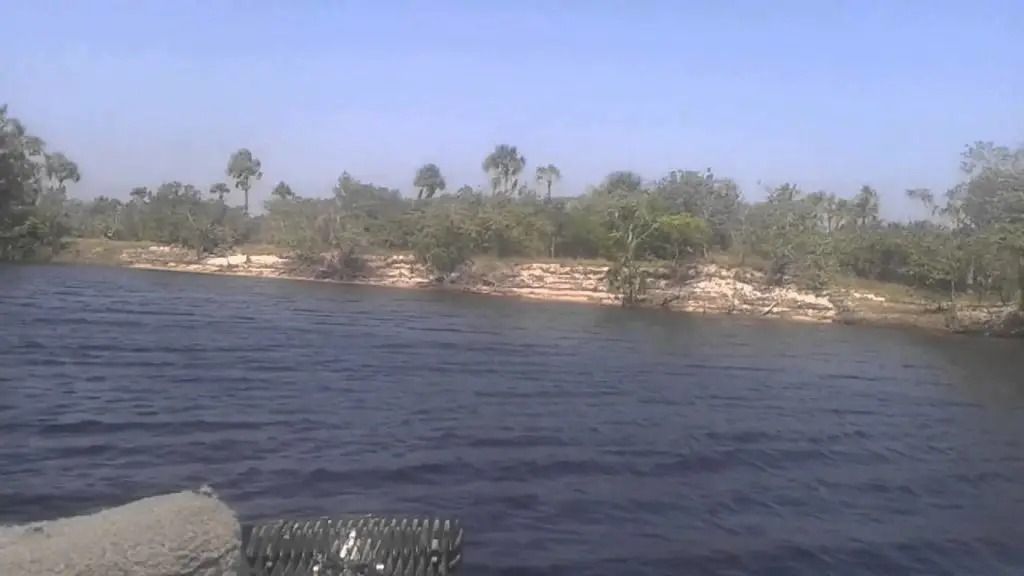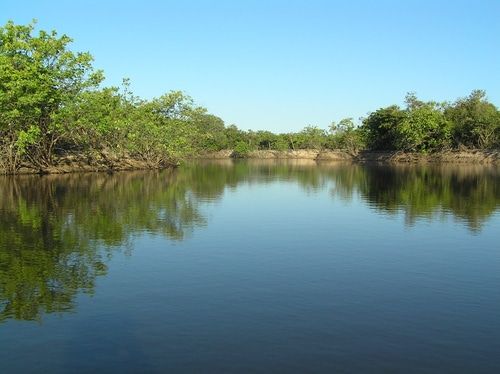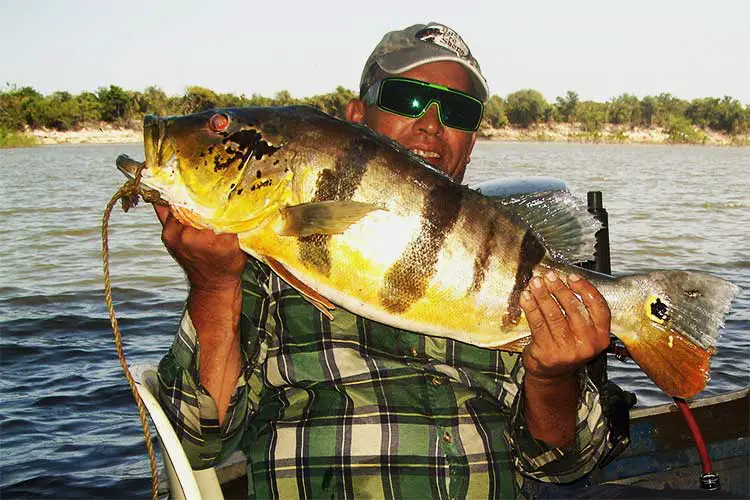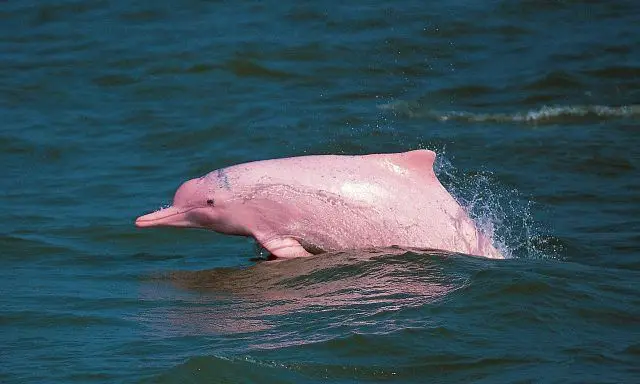The Cinaruco River is a river in Colombia and Venezuela. It is part of the Orinoco basin. It has partly clear tannic waters. In Venezuela, the river has been part of the Santos Luzardo National Park since 1988.
Indice De Contenido
Features of the Cinaruco River
The Cinaruco River, together with the Capanaparo River, other smaller rivers and the surrounding area, make up this National Park. It is home to a great biodiversity and many fishermen go there every year in search of good fishing (see article: Río Ulla).
Three species of fish are the most sought after by visitors to this river: peacock bass, butterfly peacock bass and girdled peacock bass or brown trout.
Location of the Cinaruco River
The location of the Cinaruco River is in the spectacular plains of the state of Apure, Venezuela, where it originates, i.e. the Cinaruco River has its source in eastern Colombia and flows east some 280 km (170 miles) to the great Orinoco River in the Amazon region of the country. (See article: Rio Lujan).
The Cinaruco River, about 275 miles southwest of Caracas, forms the southern boundary of the Santos Luzardo National Park and is known to anglers around the world as one of the key spots for bass fishing.
The river (as it is known by Venezuelan anglers) offers the opportunity to catch peacock bass in its different species (peacock bass, butterfly peacock bass and cinched peacock bass or trout) in sizes up to 8 kilos.
Map of the Cinaruco River
As we already know, the Cinaruco River has its source in the Oriente region of Colombia; but since the Cinaruco River belongs to the Apure State of Venezuela, we can observe in the map of Venezuela that illustrates the location of the Cinaruco River in the drainage of the Orinoco River. The enlarged section shows the relative positions of the study streams along the Cinaruco River in Venezuela.
Fishing in the Cinaruco River
The Cinaruco River in Venezuela is known for its large peacock bass, a diurnal, predatory freshwater fish native to the Amazon and Orinoco basins, as well as the rivers of the Guianas, in tropical South America (see article: Río Vinalopó).
They are sometimes known in English by their Brazilian name tucunaré or their Spanish name pavón. Despite their common name and superficial similarity, they are not closely related to other fish known as perches, such as black bass.
The largemouth bass is an important food species and is also considered a game fish. This has led to its accidental (farm release) or deliberate (release by fishermen) introduction into regions outside its native range, both in South America.
warm parts of North America and Asia. Once introduced, they can become invasive and damage the ecosystem due to their highly predatory behaviour, feeding extensively on smaller native fish.
The largest species in the genus, the spotted peacock bass (C. temensis), reaches up to 13 kg (29 lb) in weight and 1 m (3.3 ft) in length, making it possibly the largest species of cichlid. Other peacock bass species are smaller. They are sometimes kept in aquariums, but even the smaller species require a very large tank.
Cinaruco river dolphins
The distribution, habitat association, group size, population structure and prey availability of river dolphins were studied from November 1993 to June 1994 in the Cinaruco River, a tributary of the Orinoco River that forms the southern boundary of Venezuela’s Santos Luzardo National Park.
Dolphins were sampled from a boat using modified bandwidth transects for a total of 418 h. The study area was 1.67 km2 and included 20 km of waterways. The study area was 1.67 km2 and included 20 km of waterways. Like other rivers in the region. (see article: Río Quinto).
The Cinaruco River in Apure suffers from a seasonal flood cycle. Dolphins were most frequently sighted during the period of falling water (41% of total sightings) and less frequently during the period of rising water (24% of total sightings).
Mean group size for the 8-month study was 2.0 (± 1.0) and was largest during the period of rising water. Calves were first seen during the late dry season and became more common during the early flood season.
Here is a video about the Cinaruco River in Apure to give you a little more knowledge about this river.
How do you get to the Cinaruco River from Caracas?
Many people wonder how to get to the Cinaruco River from the capital of Venezuela, Caracas, so that tourists interested in visiting this magnificent river during the holiday season can get to the Cinaruco River in 2019.
The Cinaruco River originates in Colombia and flows into the Orinoco River in Venezuela, passing through all the waters of the state of Apure.
Below is a map showing the route to the Cinaruco from Caracas.




